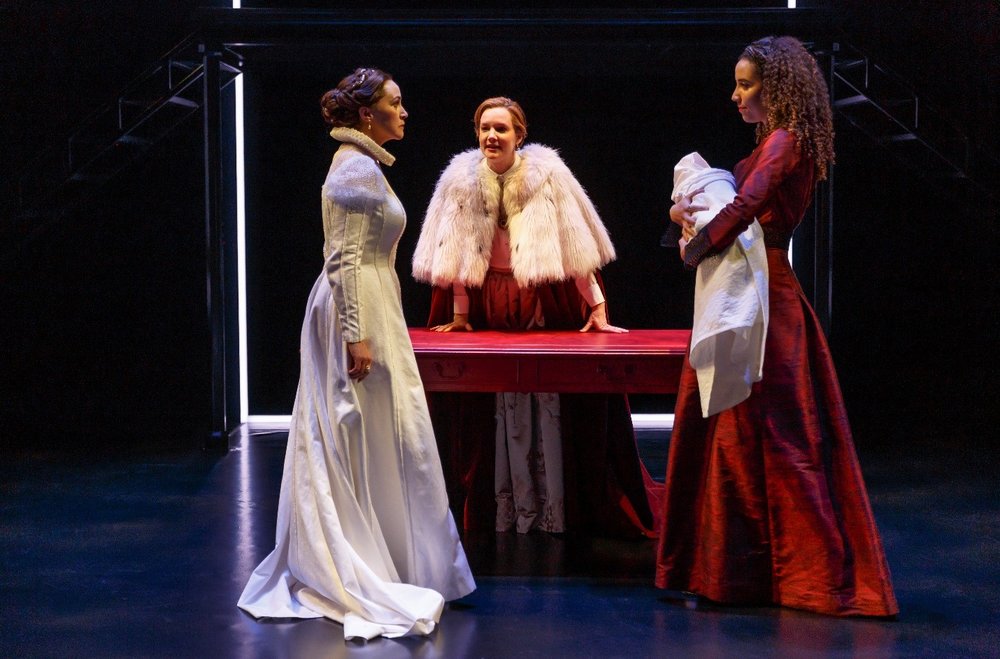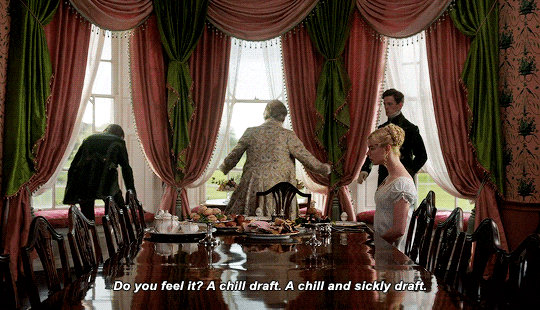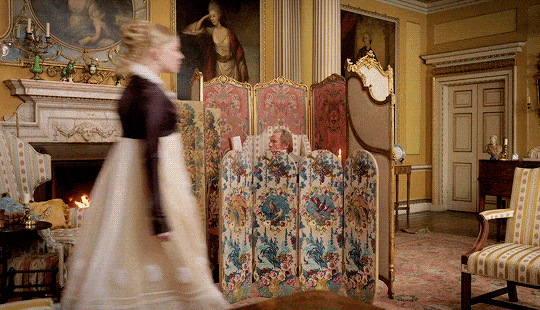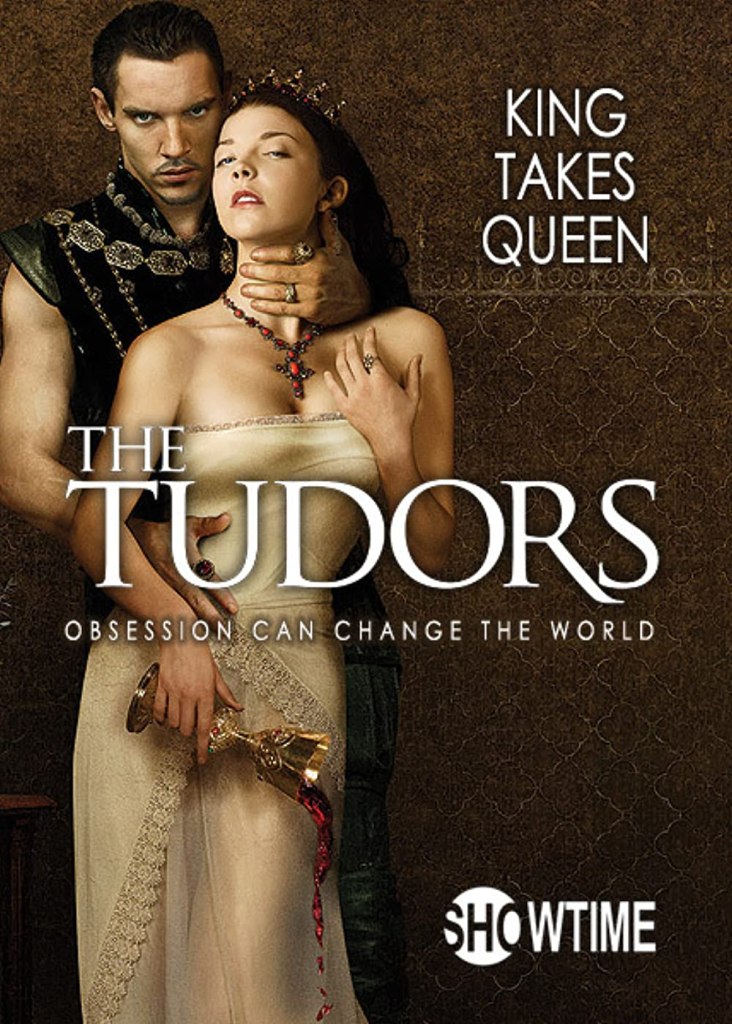Yeah, that’s right. It’s a trilogy of posts.
Two blog posts ago, I spoke about the power of the tv show The Tudors and the accessibility of the period it depicted to wider audiences. While the series leaned heavily into the flashier elements, arguably to the detriment of the history it was depicting, it proved that there was something among the political plots, backstabbing, and romance that continues to speak to modern audiences. There was something about the Tudor dynasty that people just keep coming back to.
So it shouldn’t be surprising that some of the best modern theatre I’ve seen in years drew on that exact topic.
Kate Hennig’s Queenmaker trilogy is a masterclass in historical authenticity. Unlike a good Austen drama, period-accurate language is completely thrown out the window in favour of accessibility to three stories of Tudors that media tends not to cover.
The Last Wife is the story of Katherine Parr and the way she navigates her newfound power (and the tenuous position it puts her in) during her marriage to Henry VIII.

The Virgin Trial showcases Elizabeth Tudor during the reign of her brother Edward VI. It takes place during an episode where Elizabeth is being held in the Tower of London and is being interrogated on her involvement in a plot to overthrow Edward.

Mother’s Daughter is the final installment and is the story of Mary Tudor after her ascension to the crown. It focuses primarily on the emotional turmoil Mary undergoes as she is haunted by the women who have shaped her and is rejected by a court that doesn’t want her.

If you are interested in seeing Hennig herself introduce her places you can watch that here.
Each play focuses on a different woman but they are connected by the same themes, their modern parlance, and the casual way in which each character is referred to. Elizabeth is not Elizabeth I. Instead she is Bess, accessible, relatable, and yet somehow more terrifying in how human she is. They are also connected by the developing relationship between Bess and Mary. They are the only two characters who are in all three shows.
What Hennig does is choose to tell the stories of her characters in a time in their lives that is completely removed from the experience of the audience. It is very unlikely that someone in the room watching would have ever had to make the call on executing a pretender to their throne or lie to interrogators about attempting to overthrow their younger brother. These scenarios are not immediately relatable, though they do make for great dramatic tension because of the stakes involved. They are also very politically complex moments in the women’s lives that likely would have been too dense to clearly explain if Hennig had chosen to use period-accurate language.
Instead, Hennig has Mary swear in frustration, has Katherine negotiate an argument between Bess and Mary, and has Bess go to her older sister for advice. These are shared experiences. This is what helps the history on stage come to life and move the audience. The emotions the characters experience in their entangled relationships is the core of the story. We can all understand and empathize with a story about a character’s relationship with power, even if the particular permutation that power takes is sort of beyond our grasp.
It helps that these plays debuted from 2015-2019.
The Virgin Trial had its Stratford debut in the same fall that the #MeToo movement was gaining steam. One of the major plot points of the play is a sexual assault, so it felt very timely to be exploring that in the political climate of the time. There was something powerful about watching a show that focused on consent and victim shaming whose plot was so directly tied to events of the past. It made the history on display feel that much more alive and visceral.
It also drove home an important point about the historical experiences of women.
It didn’t matter that the specific power relationships between the characters no longer exists in most spaces. Titles aside, audiences are familiar with the fear a wife could feel toward her unwanted husband. Or a sister could feel toward a sibling that outshone her. The Queenmaker Trilogy epitomizes an understanding of historical authenticity that has nothing to do with getting hung up on the details but rather making an audience connect with a moment in history and understand it in a new way.
While the heavy nature of many of the themes may make it less accessible to some viewers than Bridgerton or Austen, I think its fearlessness in broaching topics that have long been considered to be taboo no matter the era sets it apart from other kinds of historical fiction. Not only is the material authentic, but it’s unapologetically honest.
I don’t want to spoil all of the plots of these fabulous shows should you ever get the opportunity to watch them, but I highly recommend checking them out. You won’t regret learning what they’ll teach you.



